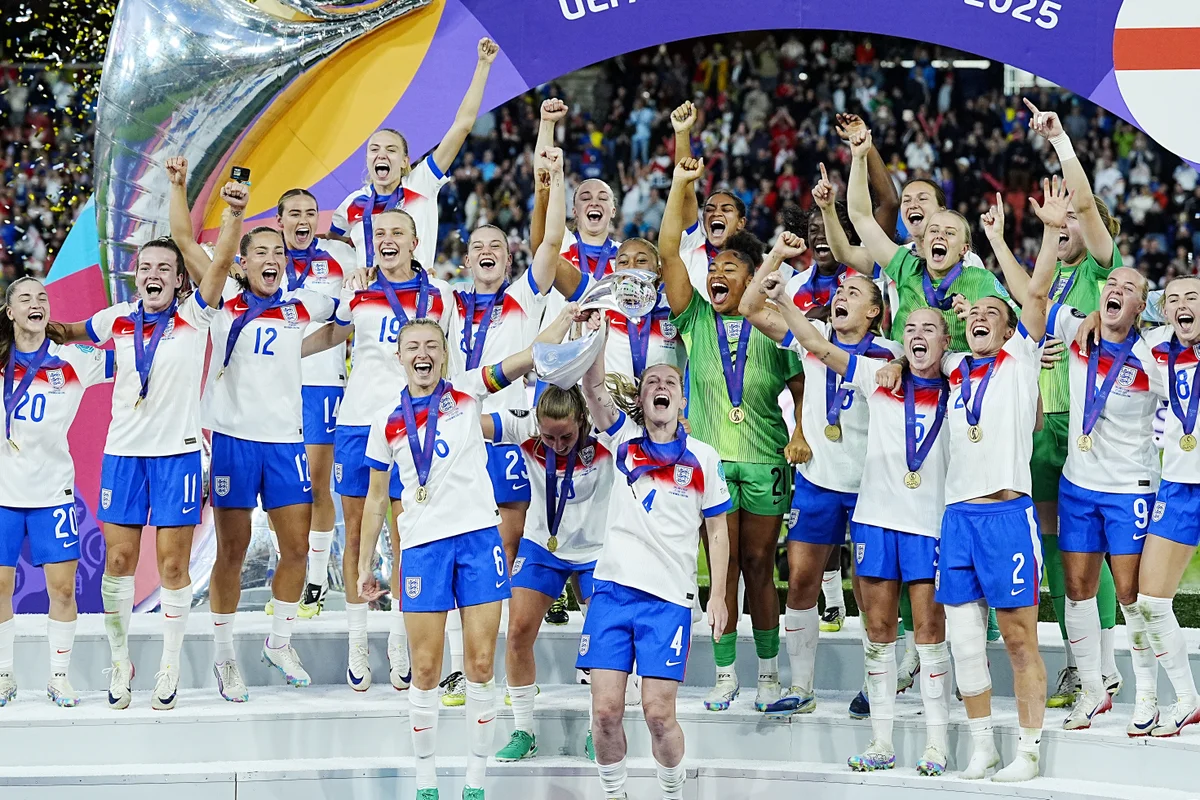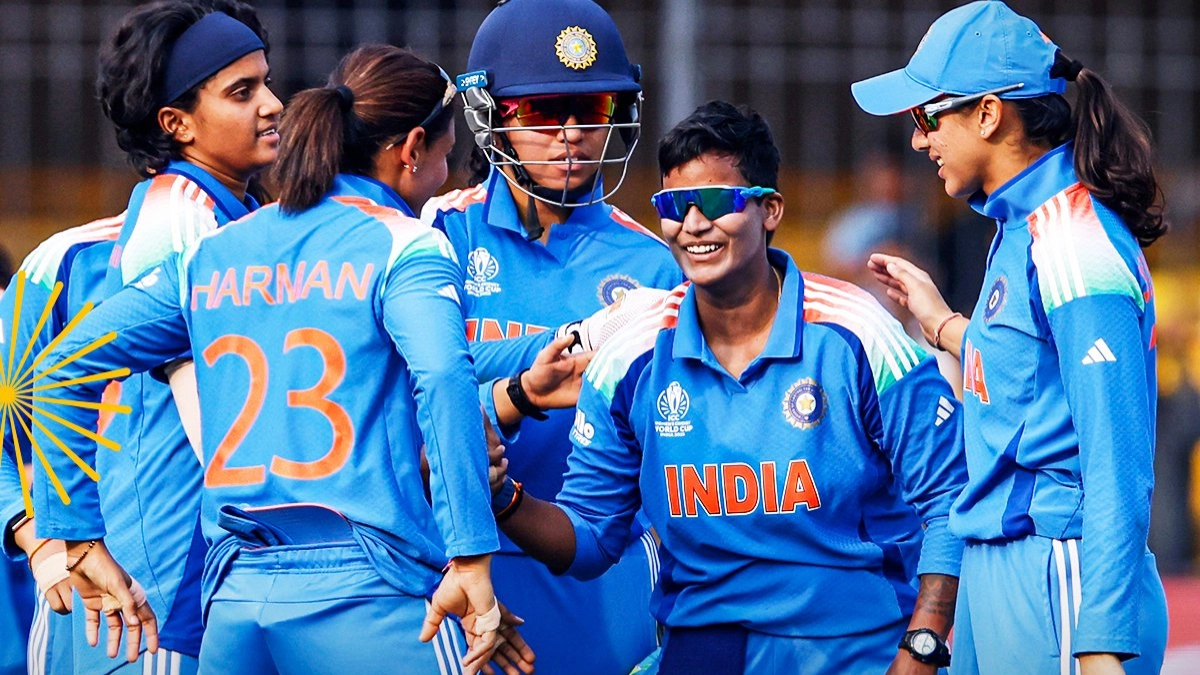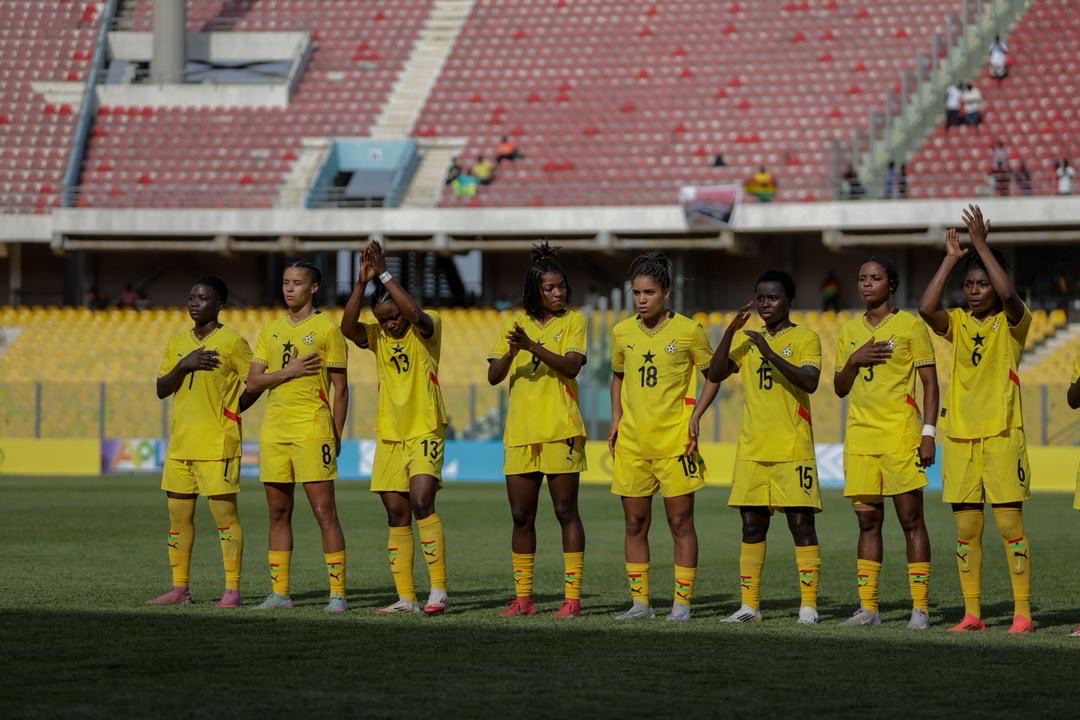Copyright independent

Women’s sport reached record female audiences in the UK in this summer, according to a new report by the Women’s Sport Trust. A blockbuster summer of women’s sport included the Lionesses retaining their Euros title in Switzerland while the Red Roses won the Women’s Rugby World Cup, which took place across England. The viewership report highlights rising female viewership across women’s sport as well as record viewing hours and consistently strong engagement. Female broadcast audiences in the UK are at an all-time high, consisting of 44 per cent of the Euro 2025 audience and 43 per cent of the Rugby World Cup 2025 audience - both record figures for both competitions. Those figures rose for the finals of both events: 48 per cent of the audience for the Euros final was female, and 47 per cent for the Rugby World Cup showpiece at Twickenham. Male viewers still make up the majority across women’s sport and are more likely to be returning watchers, the report adds. The report also shows that the two most-watched moments of UK television so far this year were both Lionesses matches. The final against Spain, which they won on penalties after drawing 1-1 in normal time, drew a peak audience of 16.22m people, while 9.88m tuned in for the semi-final victory over Italy. Other sports also benefited from the uptick in interest and engagement among female audiences. Emma Raducanu’s gripping third-round match against Aryna Sabalenka at Wimbledon was the fifth-most watched women’s sport event of the year, and received the third-highest peak audience in four years for an SW19 encounter, excluding finals. Viewing hours for the Netball Super League increased by 300 per cent in 2025, while the average audience for the women’s Hundred increased by 26 per cent from 2024. “Our latest Visibility Report shows women’s sport delivering at scale – reaching record audiences on broadcast while continuing to expand its digital footprint,” said Tammy Parlour, chief executive of the Women’s Sport Trust. “The biggest moments on UK television have come from women’s sport, and audiences are watching for longer than ever before. While audiences still skew male, we’re seeing a clear rise in female fans engaging more deeply across platforms. “That’s a powerful signal of cultural relevance – women’s sport isn’t a niche interest, it’s now a part of the national sporting conversation.” The research also indicates a wide spread of female viewership across the generations, with more older audiences engaging through broadcasting and more younger women using digital, social media platforms and streaming to get their sporting fix.



